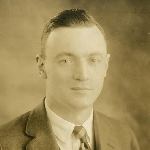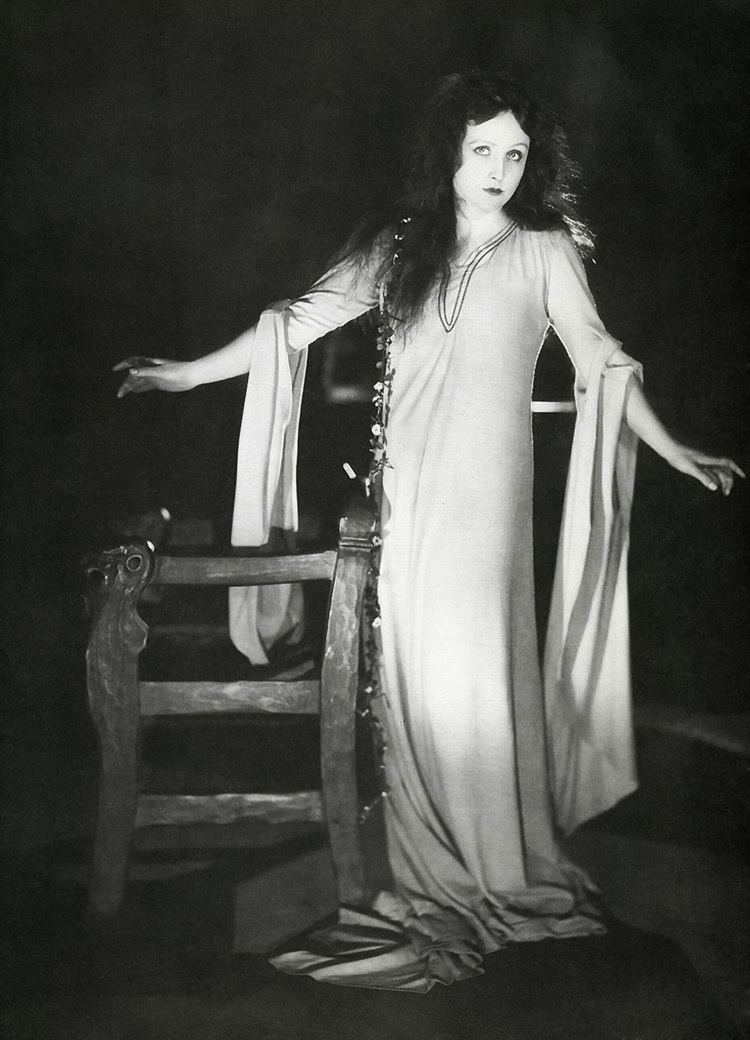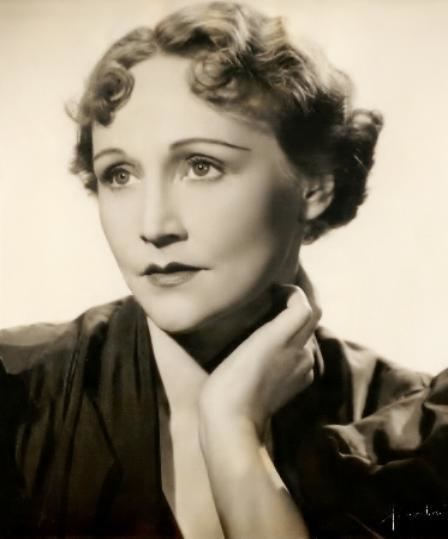Name Kenneth Conant | ||
 | ||
Books Carolingian and Romanes, The Holy Sites at Jerusale, Benedictine Contributions to Church, The Arts and Religion | ||
Kenneth John Conant (1894–1984) was an American architectural historian specializing in medieval architecture.

Conant was born in Neenah, Wisconsin, and studied at Harvard University in 1911. After studying in Europe and service in the American Expeditionary Force in World War I, he returned and eventually taught architectural history at Harvard from 1920 to 1955.

Conant's life-work was the study of the Cluny Abbey, near present-day Mâcon in France, which he excavated beginning in 1927, funded by his first of five separate Guggenheim Fellowships. He considered Cluny the pre-eminent accomplishment in all of architectural history. Excavations continued until 1950. Conant retired from Harvard in 1955 but continued to publish. His most important work is Carolingian and Romanesque Architecture 800–1200 (1959).
In 1929, Conant compiled a study guide for Harvard students which was the first academic work devoted exclusively to modern architecture, also remarkable for the inclusion of American modernists who would later "fall out of the canon", notably Bertram Goodhue.
In 1940, a group of Conant's students formed the Society of Architectural Historians under his influence.
